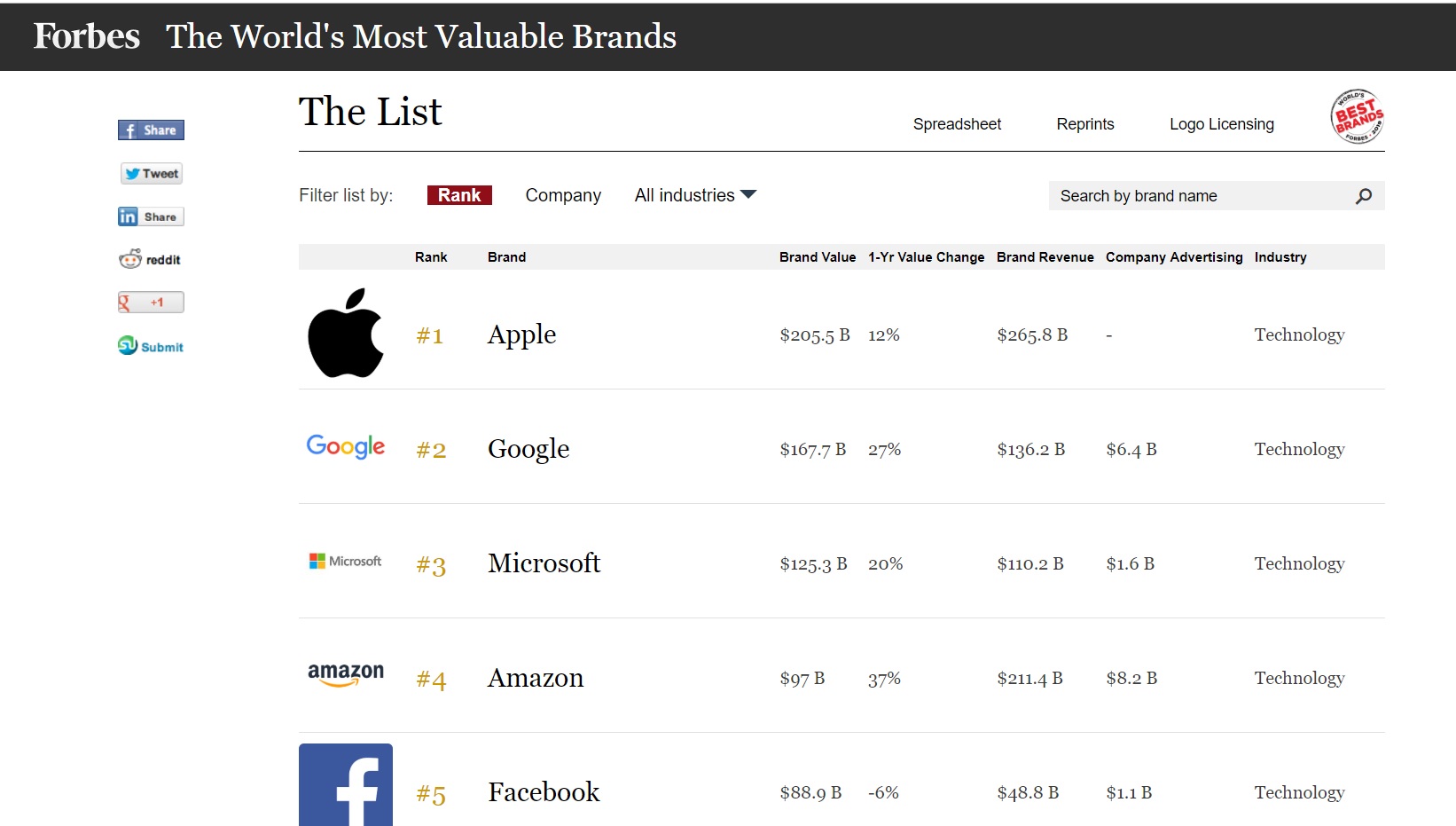
How can I write about September 11 – an event that I did not witness in person and yet simultaneously affected everyone?
Here on the Porch, I am known as an excellent writer. But, for this assignment, the words were not flowing like they usually do. I stared at a blank page for a while.
Everything I thought of writing sounded like empty platitudes. So, when words fail me, sometime lyrics come to mind. Maybe because songwriters are geniuses and that is what songs are supposed to do – stick in your mind forever and describe a moment in time perfectly.
New York Minute
New York Minute is a song by Don Henley and came from the album (aptly enough) The End of Innocence. To me, the song’s chorus describes the events of September 11, as well as its aftermath. One minute, I was getting ready for work at my on-campus job. The next minute my mom was talking to me on the phone, through tears, half a world away, telling me to be careful.
On the morning of September 11, my oldest friend in the world – Bella – was going to meet her friends for breakfast at the World Trade Center. The next minute she was running for her life. We have been friends for 20 years now. If she did meet her friends that day, Bella would have been a cool girl I used to know.
Later that fall, in one of my history classes, we had to talk as a group about a landmark event that touched everyone’s lives. For a previous generation, that discussion could have been about the Kennedy assassination or the Moon landing. For us, it was September 11.
A classmate shared an especially poignant story. His dad was a pilot. He was supposed to fly one of the planes that hit the Twin Towers that day. He switched flights with a colleague so he could attend his youngest son’s soccer game that morning.
Left or Right
What is my point in sharing all these anecdotes? I’m not sure to be honest. I keep thinking about all these seemingly small moments in our everyday that when we look back on them, turn about to be a big fulcrum in the story of our lives. Points in time where the axis of our lives turns in a dramatic way. Running late, running early. Take the day off or go to work. Left, right.
I guess, my point is, we don’t know where these dramatic turns will be. We think its going to be the next big promotion or a move to a new city. And usually, its nothing like that. It is the small things that can alter the trajectory of our lives.
Turning Points
A chance encounter with a co-worker in the break room who could turn out to be the love of your life (my brother and his wife).
My dad getting juuuuuust a high enough score to pass the Armed Service Vocational Aptitude Battery test and join the U.S. Navy. His was one of only 150 spots reserved for Filipino citizens each year.
One night during my sophomore year, I took a call from a boy I “sorta kinda” knew in high school. A mutual friend said we should talk to each other. So we did. That one call turned into calls nearly everyday. He turned into my boyfriend. And then my husband. That was almost 20 years ago.
Of course, not every chance encounter or small movement is going to turn into something big. You simply don’t know. But, maybe, especially right now, we all should hold each other a little closer, a little tighter. Because everything can change.
In a New York minute.









